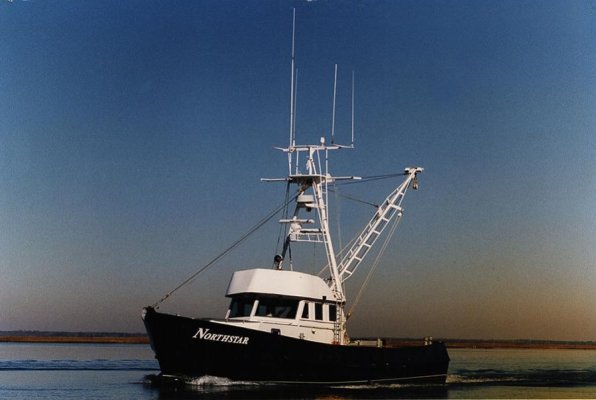Bryant
Guru
- Joined
- Jul 10, 2016
- Messages
- 629
- Location
- USA
- Vessel Name
- Sakura Perdido
- Vessel Make
- Grand Banks 36 Classic
Trawler
Good question. It’s like pornography; difficult to define but I know it when I see it.
Hello All,
I read some posts here before joining. Seemed like a good match to my ambitions. Curious how you define trawler though ?
Also how do you post a picture?
FYI registering was met with error messages until I entered the name of another user as a referencetook almost an hour....
Good question. It’s like pornography; difficult to define but I know it when I see it.


